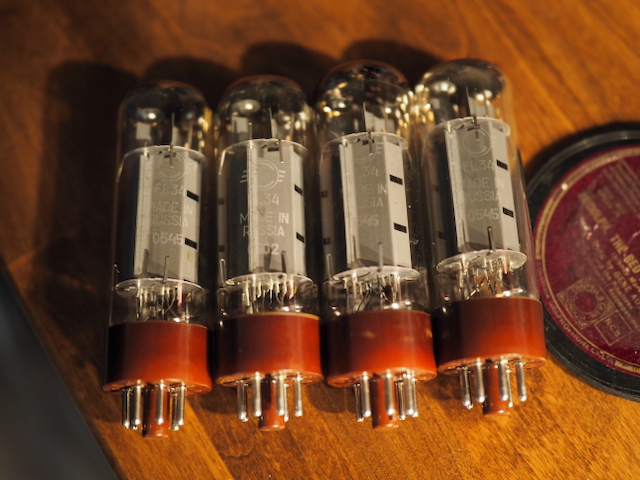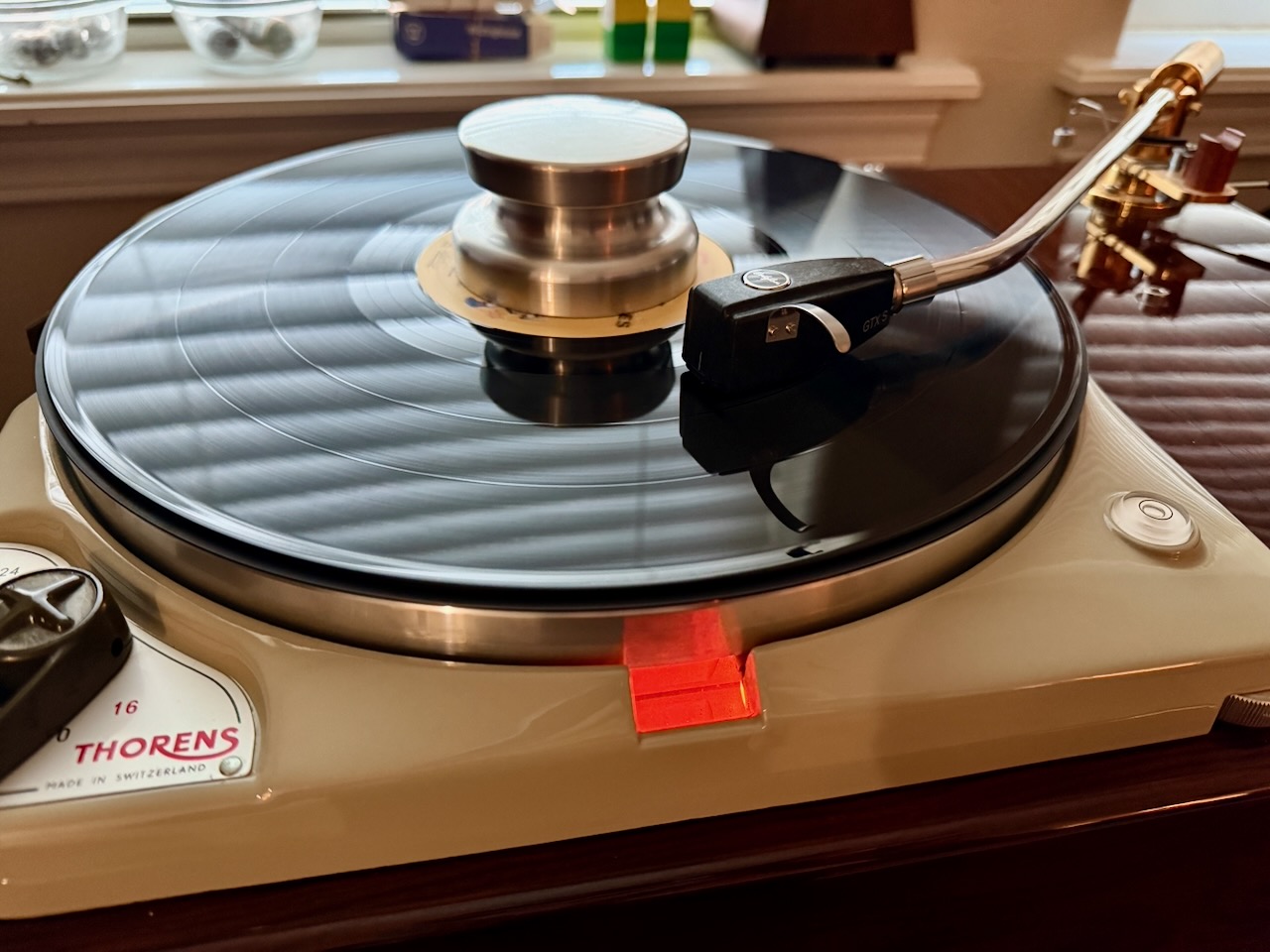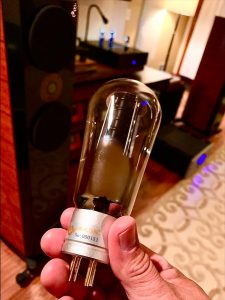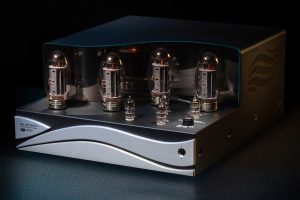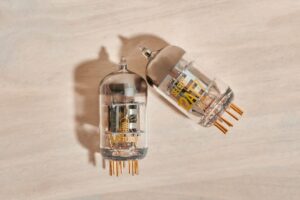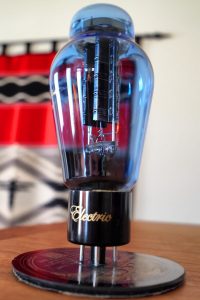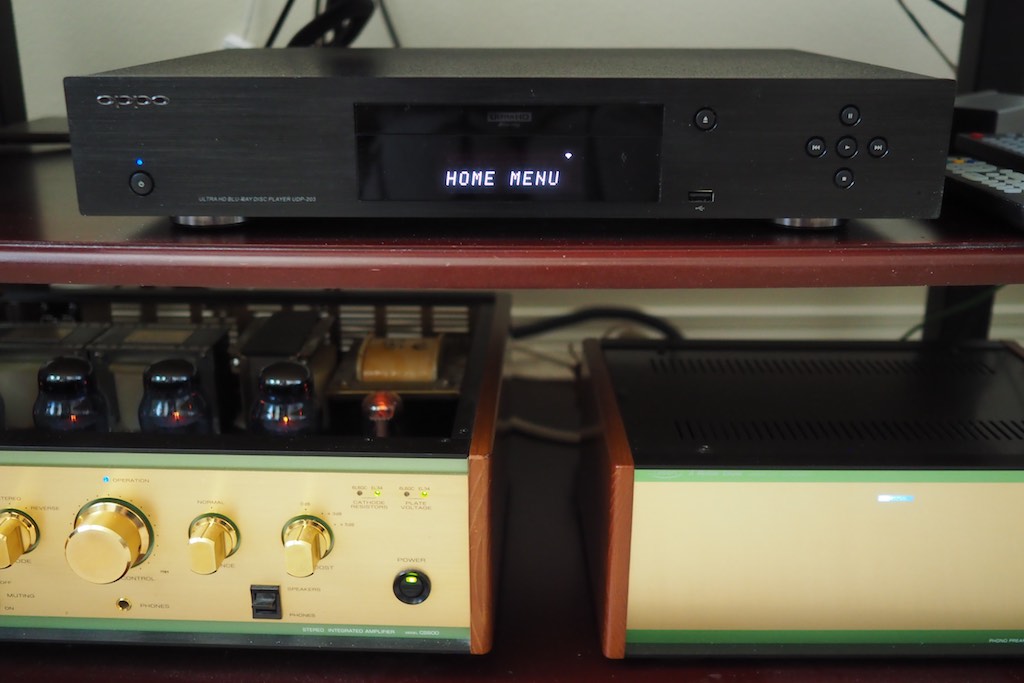
I have a new Apple TV as a line source for streaming Netflix, Amazon Prime, etc., and an OPPO UDP-203 Blu-ray player for spinning DVD or Blu-Ray movies, or an occasional CD, as a second line source.
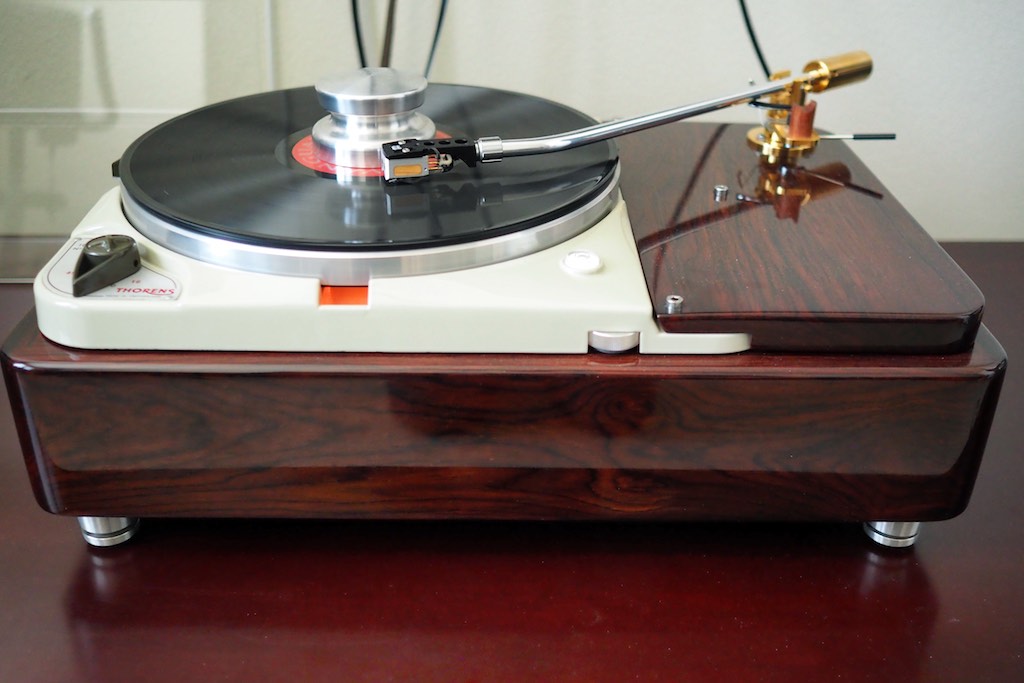
For a vinyl source I use my Artisan Fidelity restored Thorens TD124, equipped with a Thomas Schick tonearm, a Thomas Schick graphite headshell, Acoustic Revive PC-TripleC-EX Headshell Leads, and a Soundsmith Carmen Mk II phono cartridge.
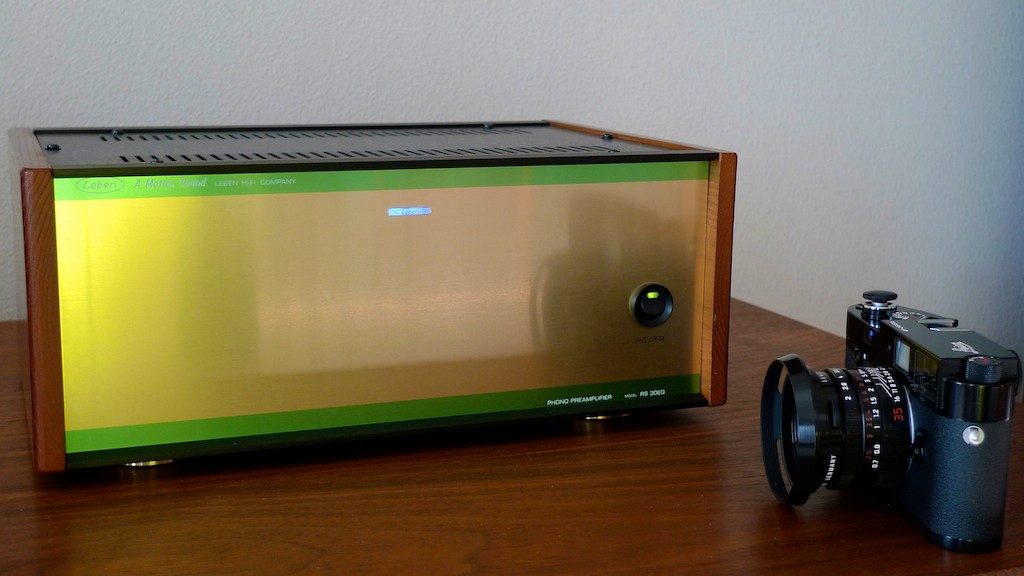
Besides being a great sounding phono cartridge, the Soundsmith Carmen Mk II phono cartridge is a high-output design that doesn't need a step-up transformer to work its magic, so I can run the Schick tonearm leads directly into my Leben RS-30EQ phono preamplifier.
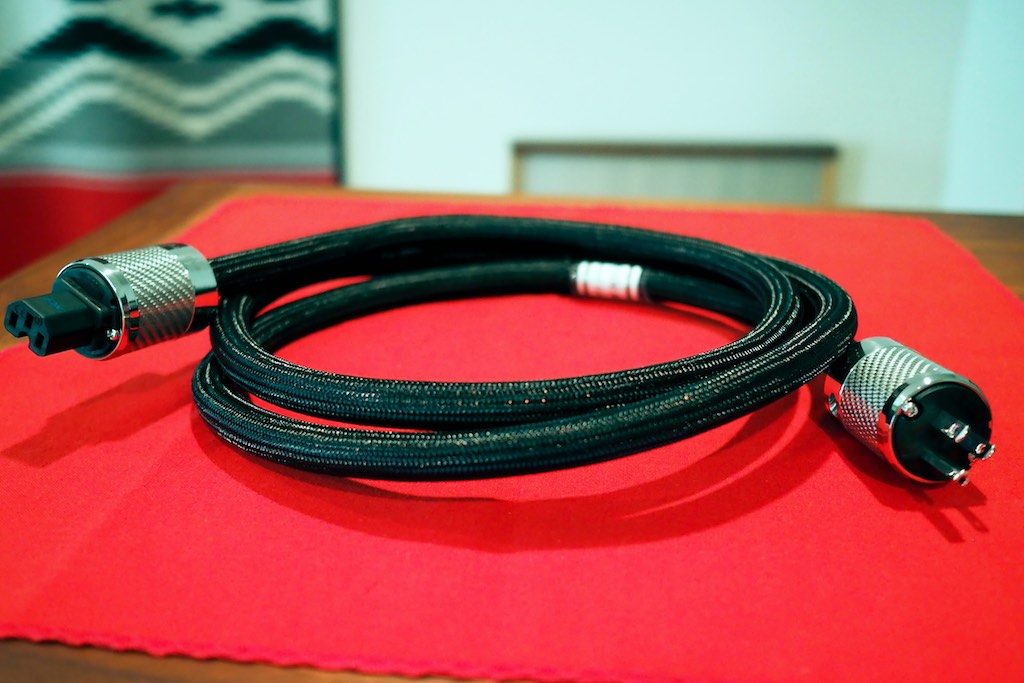
For the Leben RS-30EQ phono preamplifier, and Leben CS-600X integrated amplifier, I used Acoustic Revive Power Reference TripleC AC power cords to connect to the AC supply.
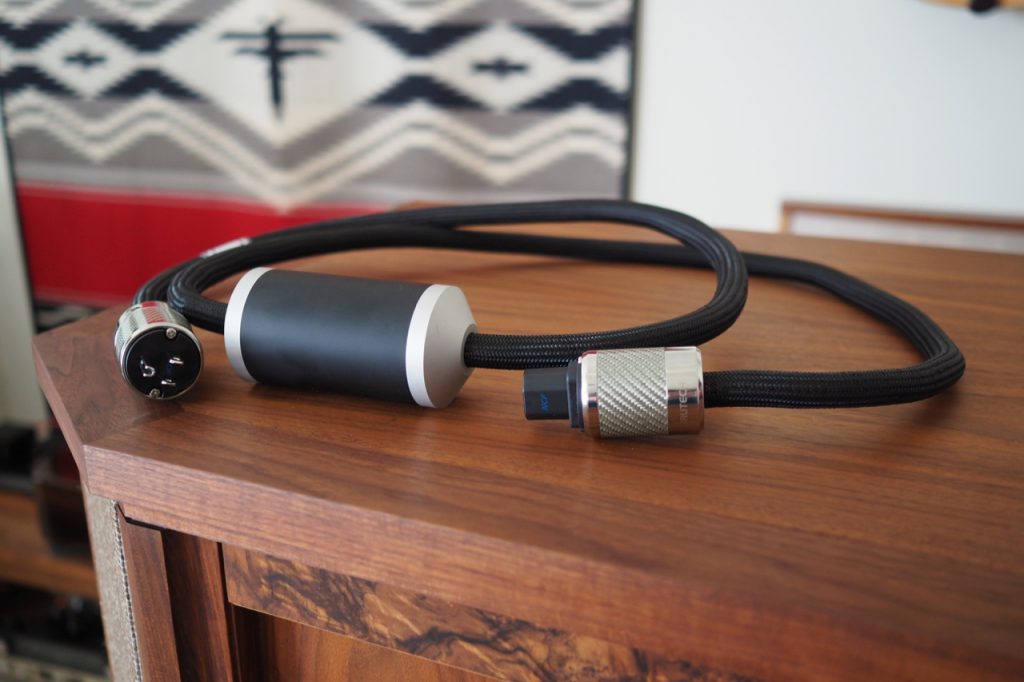
For the OPPO UDP-203 Blu-ray player I used an Acoustic Revive Absolute Power Cable to connect to the AC supply.
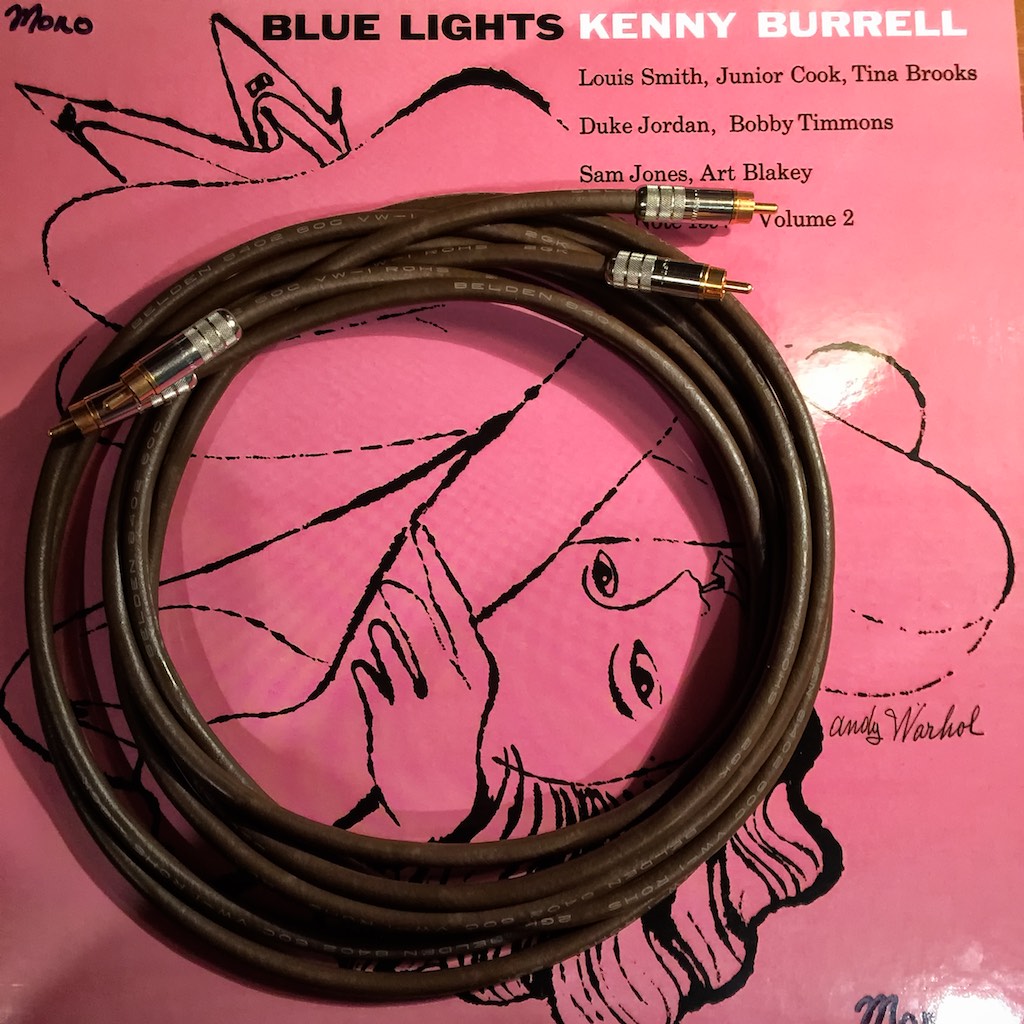
I used Belden 8402 microphone cable interconnects to connect the Philips TV to the Leben CS-600X, and the Leben CS-600X to the OPPO.
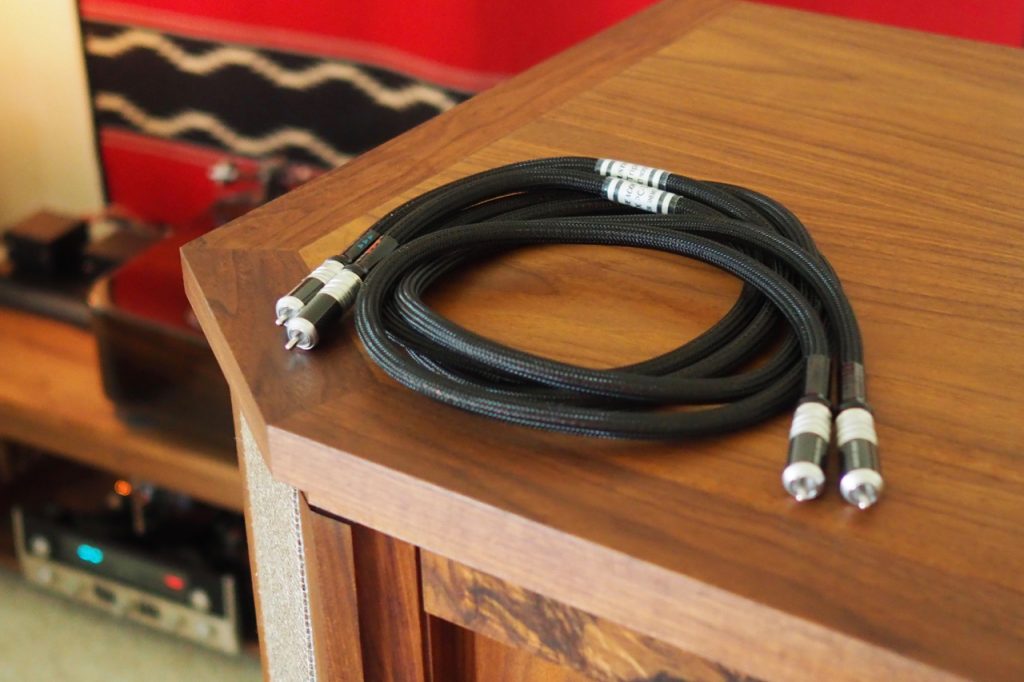
To connect the Leben RS-30EQ phono preamplifier to the Leben CS-600X I used Acoustic Revive RCA Absolute FM Interconnects.

For speaker cables for my Altec A5 Voice of the Theatre loudspeakers I used Duelund DCA16GA tinned-copper wire, which is an exceptionally good match to my A5 loudspeakers.
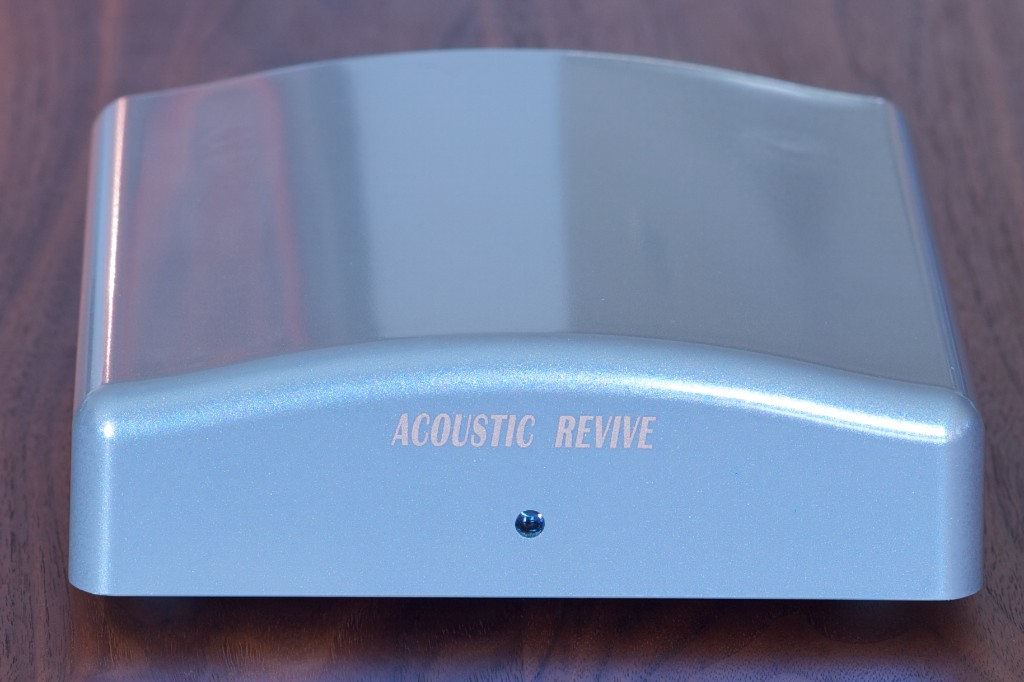
I also use an Acoustic Revive RR-77 Schumann Ultra Low-Frequency Pulse Generator for room conditioning.
Listening impressions
As I mentioned earlier, what sparked this review of the Sophia Electric EL34-ST and KT88-ST was the arrival of the new Leben CS-600X integrated amplifier (which I reviewed HERE).
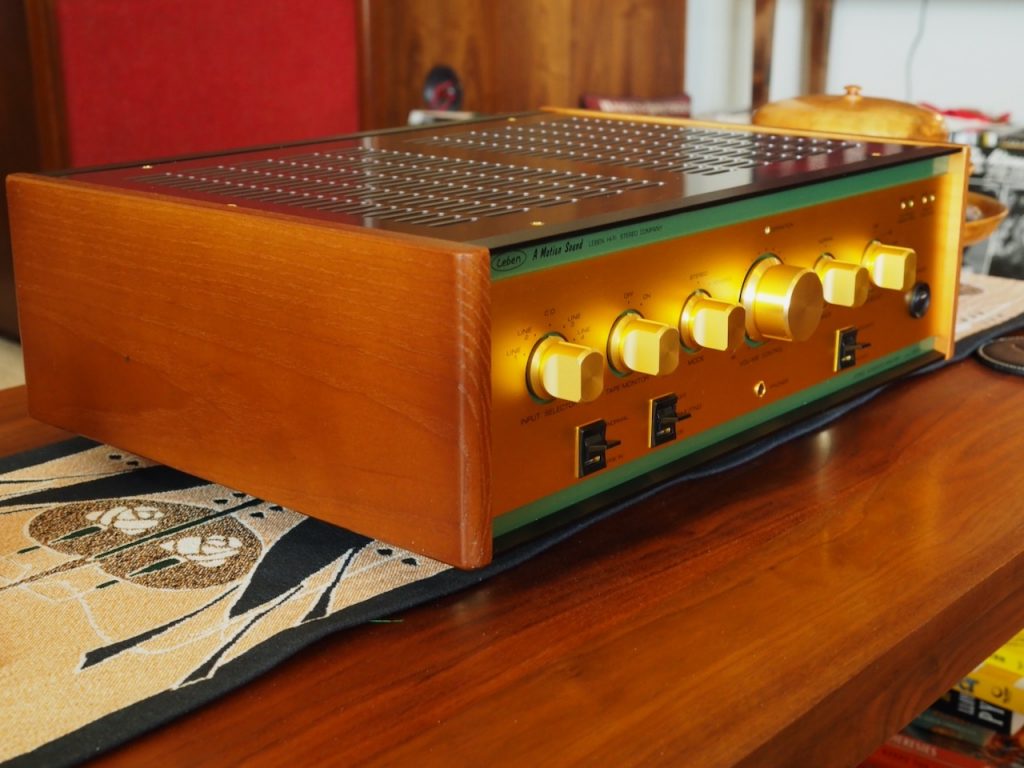
While I am very familiar with the performance of the Sophia Electric EL34-ST in my original Leben CS-600 amplifier, I had never tried the new Sophia Electric KT88-ST in my Leben CS-600, so I thought it would be illuminating to compare both the Sophia Electric EL34-ST and KT88-ST in my original version of the Leben CS-600, as well as in the new Leben CS-600X.
The tube complement of the original Leben CS-600 and the new Leben CS-600X are different, with the original Leben CS-600 having a NOS 6CJ3 rectifier, twin-triode 6CS7 vacuum tubes in the first stage of amplification, and a choice of output tubes from either the EL34 family of vacuum tubes, or the 6L6GC family of vacuum tubes, which is enabled by the presence of cathode-resistor and plate-voltage switches inside the chassis, which allows owners to optimize the CS-600 and CS-600X for a variety of different tubes.
The new Leben CS-600X utilizes the same NOS 6CJ3 rectifier, but replaces the tubes used in the first stage of amplification with a combination of 12AU7A and 12BH7A vacuum tubes, and the output tube choices are the same, with owners being able to select output tubes from the EL34 and 6L6GC families of vacuum tubes by using the appropriate cathode-resistor and plate-voltage switch settings.
The CS-600 andCS-600X output 32W with 6L6GC vacuum tubes, and 28W with EL34 vacuum tubes.
While I've been using KT88 tubes in various valve amplifiers over the last three decades or so, I've never really been happy with KT88 performance in my various amplifiers, with the most recent example being the highly regarded Russian re-issue of the Genalex Gold Lion KT88 by New Sensor Corp., which I'll be using as a comparator for the Sophia Electric KT88-ST in this article.
I should point out the Leben CS-600 and CS-600X sound different from each other due to the change of vacuum tubes in the first stage of amplification. The result of changing to the new vacuum tube complement of 12AU7A and 12BH7A for the first stage of amplification resulted in additional warmth and richness during music playback, with the new Leben CS-600X sounding a little more like a classic tube amplifier than the original CS-600 does, which has a leaner and more neutral "modern" tonal balance with the NOS 6CS7 vacuum tubes in the first stage of amplification.
Film and Music with the Sophia Electric EL34-ST
The Leben CS-600X equipped with the Sophia Electric EL34-ST vacuum tubes has a purity of tone that is quite seductive, being smooth and sensual sounding, with lots of nuance articulated, and a colorful and exciting presentation of music and film audio.

The NOS SED Winged C EL34 tubes that I used as a comparator didn't fare particularly well in comparison to the Sophia Electric EL34-ST vacuum tubes, with the SED EL34 tubes sounding coarse, rather two-dimensional, somewhat forward and brash, and not all that musical.
The stock Electro-Harmonix EL34EH vacuum tubes that came in the Leben CS-600X sounded better to me than the SED EL34 tubes, but still fell far short of the Sophia Electric EL34-ST vacuum tubes' performance in similar ways as the SED EL34 tubes, just to a slightly lesser degree.

As I've mentioned in blog posts at Jeff's Place, I couldn't wait to get the SED Winged C EL34 and Electro-Harmonix EL34EH vacuum tubes out of the Leben, and get the Sophia Electric EL34-ST's in, to restore the musicality and exciting visuospatial presentation of my audio-visual system.
The Leben CS-600X puts out 28 watts with the Sophia Electric EL34-ST vacuum tubes, which is a massive amount of power with the ultra-sensitive Altec A5 Voice of the Theatre loudspeakers, so as you would expect, large dynamic swings were impressive (even 5 watts is more than enough to drive the A5 loudspeakers to live-like levels).
I never run out of power with the Leben CS-600X powering my vintage Altec loudspeakers, and rarely needed to dial the volume control up much beyond 9 o'clock for even loud listening with explosive macro-dynamics.
While the Sophia Electric EL34-ST vacuum tubes easily track the massive macro-dynamics that are possible with the Altec loudspeakers, what I particularly appreciated about their performance was their level of "dynamic resolution" in providing a liquid and natural expression of dynamic nuance across the range from soft to loud.
What that type of dynamic resolution does is bring a very natural and live-like quality to music and film that I find very engaging.




